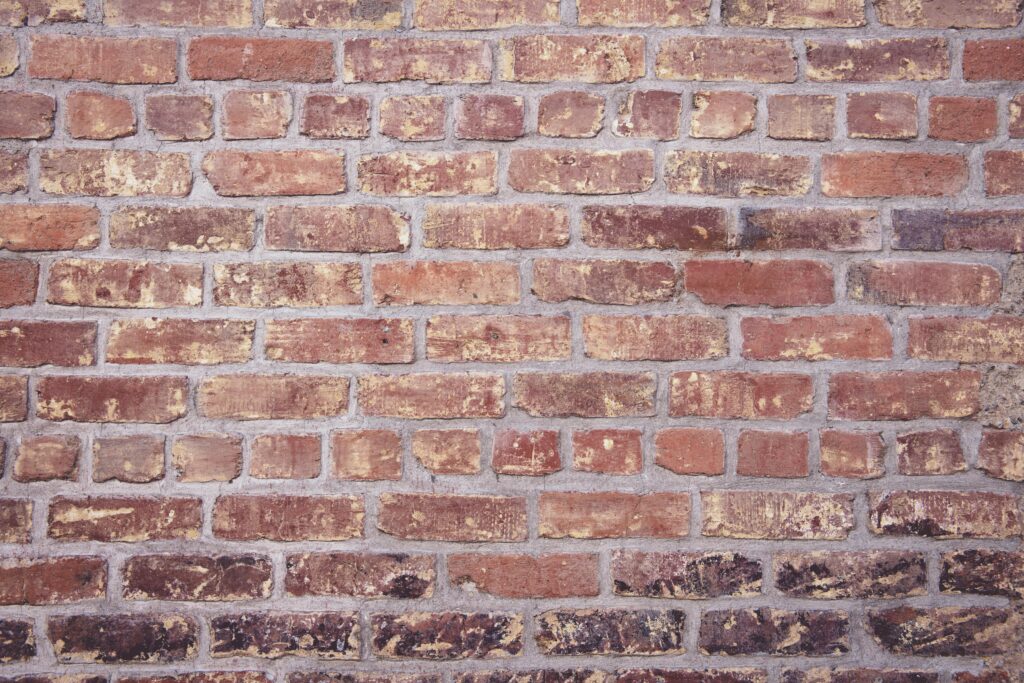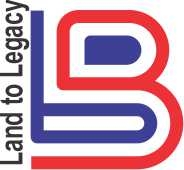Building and Masonry
Important Information
What is Masonry?
Masonry is the construction of structures using materials like bricks, stones, concrete blocks, and mortar.
Durability:
Masonry structures are known for their strength, longevity, and resistance to weather, fire, and pests.
Common Masonry Materials
Concrete blocks
Natural stone (granite, limestone, etc.)
Mortar (a mix of cement, sand, and water)
Types of Masonry Work:
Bricklaying
Stonework
Concrete block installation
Chimney and fireplace construction
Retaining walls and garden walls
Benefits of Masonry:
Excellent thermal mass (helps regulate indoor temperatures)
Low maintenance and long lifespan
Aesthetic variety and architectural flexibility
Eco-friendly if locally sourced materials are used
Important Considerations:
Proper foundation is crucial to prevent cracks or settling
Mortar quality and joint alignment affect structural integrity
Weather conditions can impact drying and setting time
Skilled labor is essential for lasting, safe construction
Maintenance Tips:
Inspect for cracks or water damage annually
Repoint joints when mortar starts to wear out
Use sealants if needed to prevent moisture penetration
Ideal Uses:
Perfect for walls, walkways, patios, fireplaces, and building exteriors.
Included:
Bricklaying, concrete block work, stonework, plastering, pointing, and foundational structures like retaining walls, boundary walls, and structural reinforcements. Also includes surface finishing like rendering and basic decorative detailing (arches, trims).
Excluded:
Electrical wiring, plumbing, roofing, interior decoration, painting, HVAC installation, and any structural steel or wood framing beyond minor reinforcements or lintels. Specialized work like waterproofing or tiling may also be separate unless agreed.

Old Construction Techniques
Masonry is one of the oldest construction techniques in the world, with structures like the Great Wall of China and the Roman Colosseum showcasing its durability and strength. It involves building with materials such as bricks, stones, and concrete blocks, all held together with mortar. One of the key benefits of masonry is its excellent fire resistance, making it a safe choice for both residential and commercial buildings.
